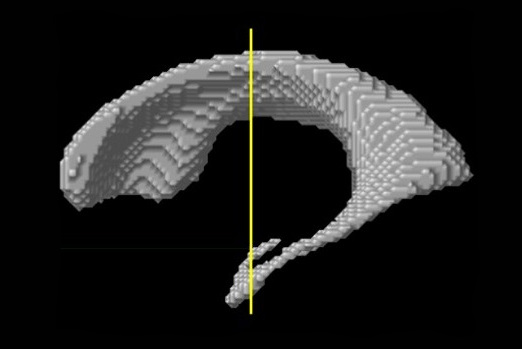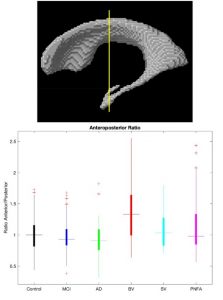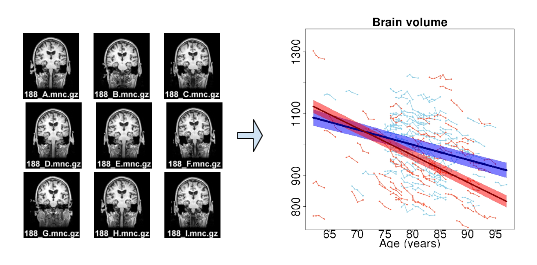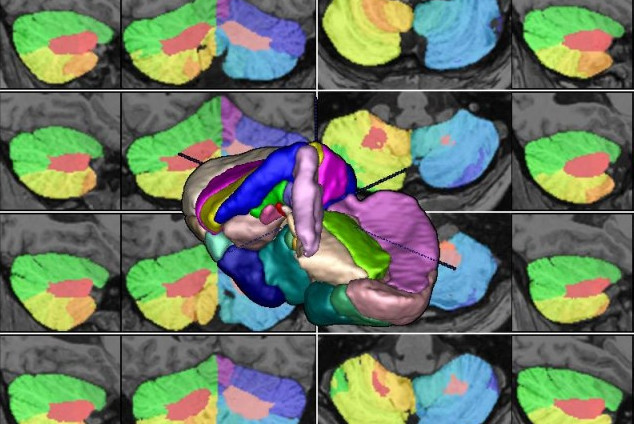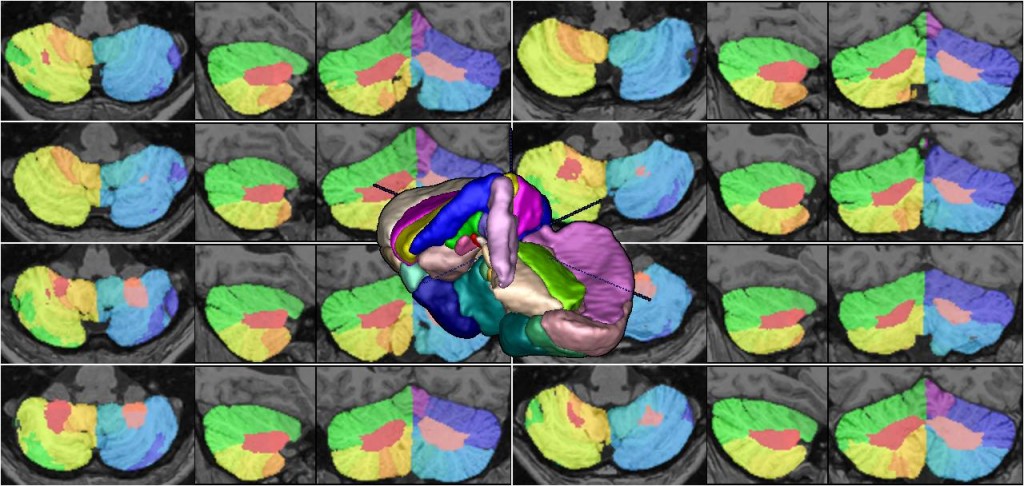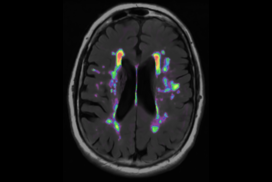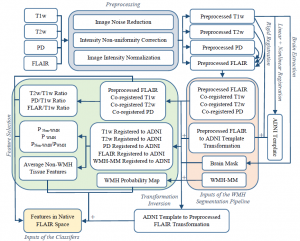Lateral ventricles are reliable and sensitive indicators of brain atrophy and disease progression in behavioral variant frontotemporal dementia (bvFTD). VentRa takes a comma separated (.csv) file providing the path for the raw T1-weighted images as well as age and sex of the subjects as input, and provides preprocessed images along with ventricle segmentations, QC files for the segmentations, as well as a .csv file including the diagnosis (based on the classifier trained on bvFTD vs the mixed group data) along with all the extracted ventricle features: i.e. total ventricle volume, ventricle volumes in each lobe and hemisphere,anterior-posterior ratio (APR), left-right temporal lobe ratio (LRTR), and left-right frontal ratio (LRFR).
For more details, see:
Ana L. Manera, Mahsa Dadar, D. Louis Collins, Simon Ducharme, “Ventricle shape features as a reliable differentiator between the behavioral variant frontotemporal dementia and other dementias”, arXiv. https://arxiv.org/abs/2103.03065

